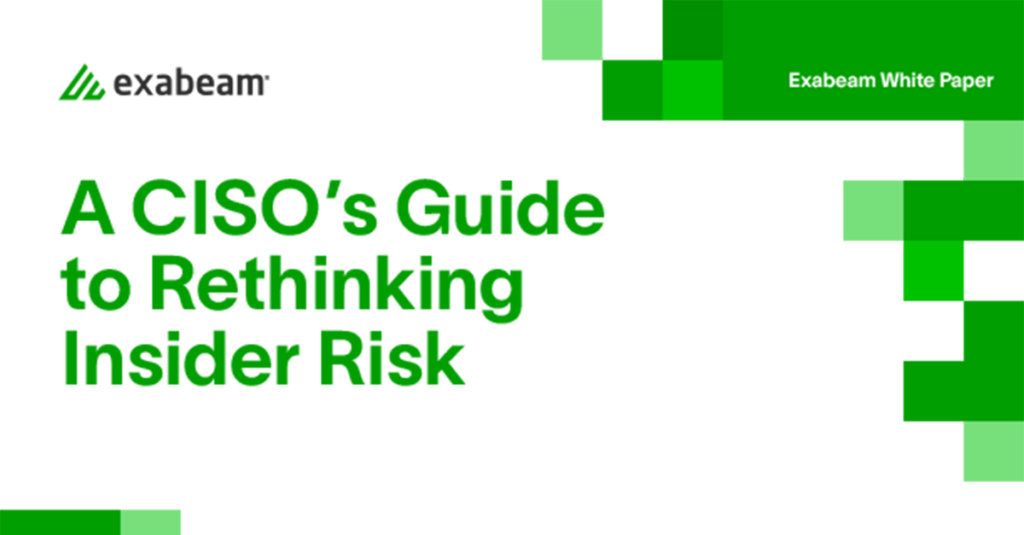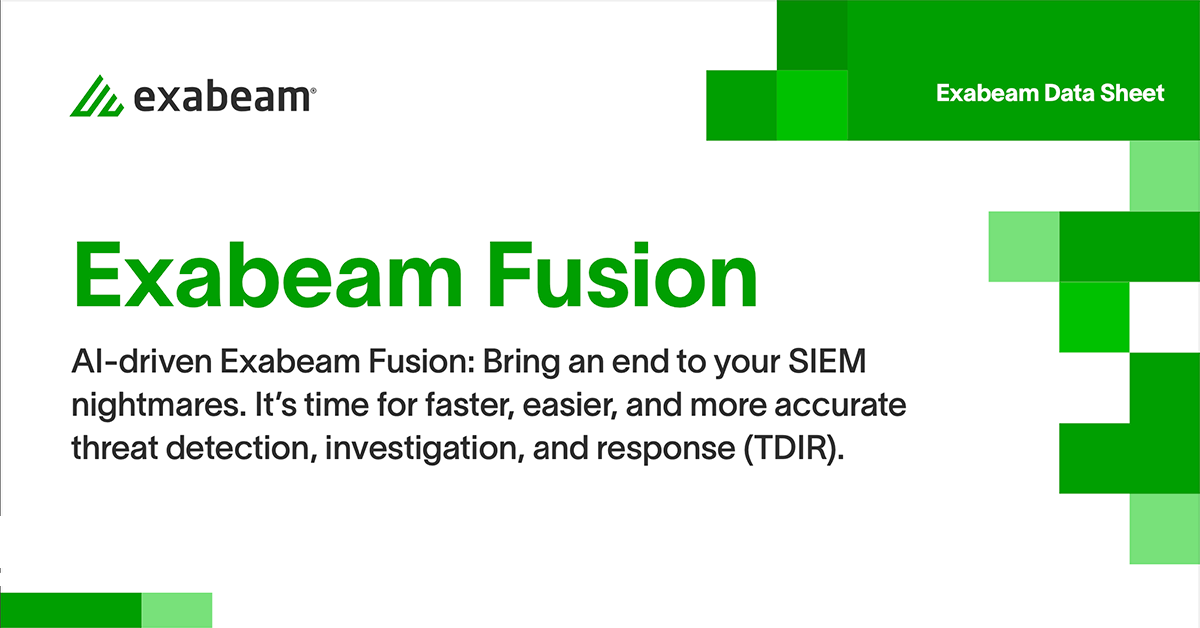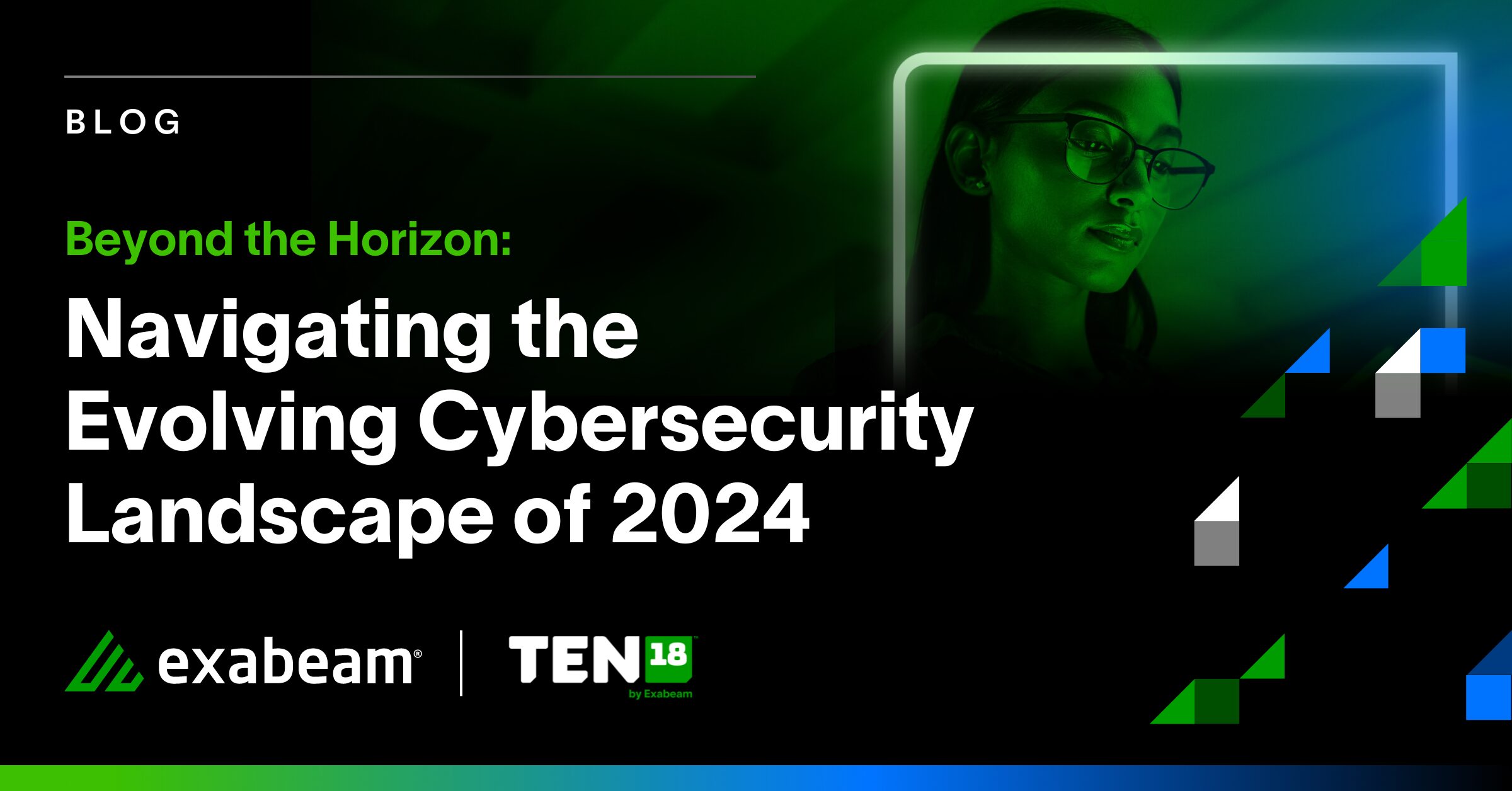As discussed in the first and second posts of this series, insider threats present a complex and growing challenge for organizations. In this post, we’ll define the four key components of a robust insider threat mitigation strategy.
In this article:
- Consistent education and training
- Adopting a coherent framework
- Behavior-based detection
- Embracing detection and automation
- Conclusion
Consistent education and training
One of the most crucial elements of insider threat mitigation is ensuring that employees understand the security policies and their role in keeping the organization’s data safe. Offer regular cybersecurity awareness training and role-based education, and ensure staff members are aware that their actions on corporate devices are monitored.
Adopting a coherent framework
Select a suitable framework that addresses your organization’s security, maturity, compliance requirements, budget, and resources. Frameworks like Zero Trust Architecture, the CISA Insider Threat Mitigation program, or the NIST Cybersecurity Framework can provide a structured approach to managing insider threats. Assess the viability of the chosen framework and implement it systematically.
Behavior-based detection
Use behavioral analysis tools to establish a baseline of normal activity and identify deviations, enabling security analysts to assess the risk associated with anomalous user activity.
Embracing detection and automation
Implement automated threat detection to identify unusual access patterns, compromised credentials, and large data uploads, supporting analysts’ decision-making and creating artifacts for short- and long-term security processes.
Conclusion
By focusing on consistent education and training, adopting a coherent framework, utilizing behavior-based detection, and embracing automation in threat detection, investigation and response (TDIR), organizations can create a comprehensive defense strategy against insider threats. Implementing these pillars can help protect your organization from the potential risks and damages posed by insider incidents.
To learn more, read the complete CISO’s Guide to Rethinking Insider Threats
Discover insights and strategies to tackle insider threats in your organization in our comprehensive white paper. This essential guide offers valuable information on understanding and addressing insider threats, equipping you with practical tools and frameworks to enhance your organization’s security posture.
You’ll learn about:
- The growing prevalence and impact of insider threats on organizations
- Techniques for securing team buy-in and the importance of training in mitigating insider threats
- Effective ways to track and manage insider behavior using a systematic approach and appropriate framework
- The critical role of collaboration among various departments in handling insider risk
Gain the knowledge you need to effectively rethink and address insider threats. Download the white paper now!

Similar Posts
Recent Posts
Stay Informed
Subscribe today and we'll send our latest blog posts right to your inbox, so you can stay ahead of the cybercriminals and defend your organization.
See a world-class SIEM solution in action
Most reported breaches involved lost or stolen credentials. How can you keep pace?
Exabeam delivers SOC teams industry-leading analytics, patented anomaly detection, and Smart Timelines to help teams pinpoint the actions that lead to exploits.
Whether you need a SIEM replacement, a legacy SIEM modernization with XDR, Exabeam offers advanced, modular, and cloud-delivered TDIR.
Get a demo today!












